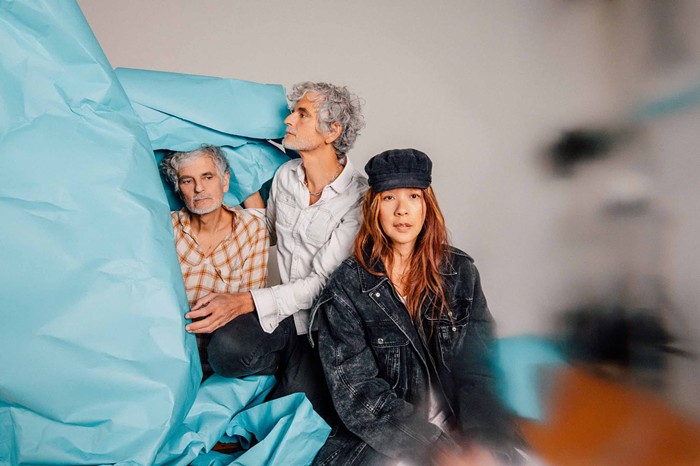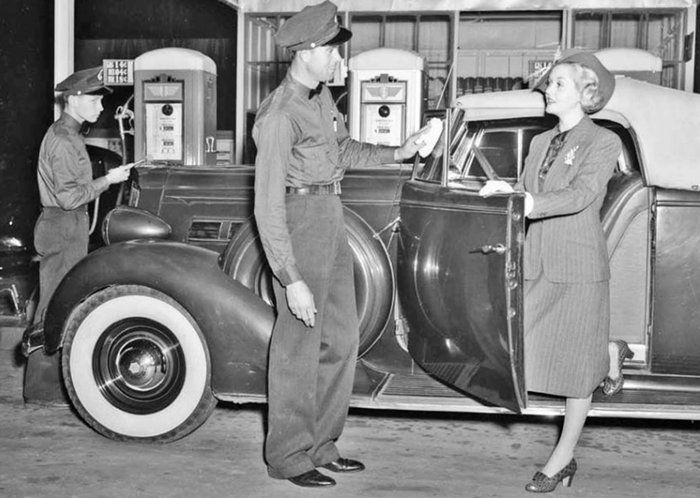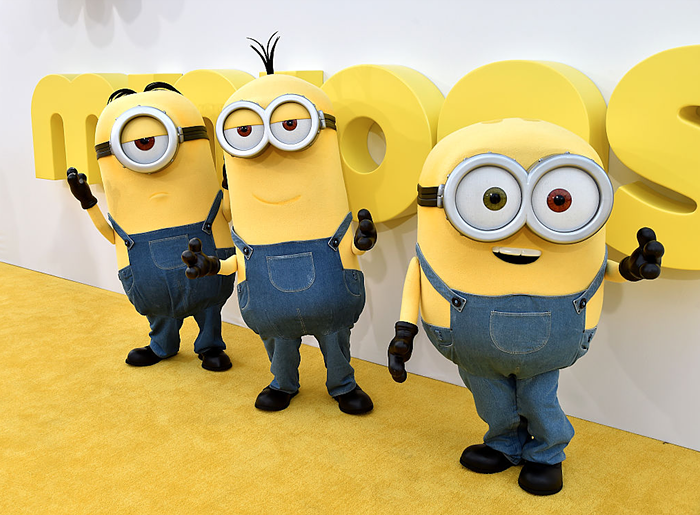FROM A MUSICAL standpoint, the first Houndstooth show went marvelously. After that first-ever live performance at Valentines in May 2011, the Portland five-piece allowed themselves to get a little euphoric, and maybe a little drunk, too.
The next morning, guitarist John Gnorski discovered his truck had been stolen from outside his home. A huge sum of the band's gear was inside, including some one-of-a-kind amps. "It was so depressing," remembers vocalist/guitarist Katie Bernstein.
"It was a powerful night, all in all. Massive sways from the top to the bottom," says guitarist/organist Michael Yun. "And maybe it was supposed to happen that way."
That first big blow put things into immediate focus for the band. "We had to make a decision—do we commit to this or don't we?" says Bernstein.
They committed.
Not long after, Houndstooth went on their first tour and released a 7-inch, playing regularly around Portland and acquiring a reputation for an excellent live show in which sunny country-rock songs metamorphosed into krautrock-informed jams.
"I wouldn't say there was a deliberate idea behind the band," says Bernstein. "We just started with some songs and then got together. It was pretty natural and organic. I don't feel like personally I had any idea of the direction it would go in."
Gnorski adds, "I feel like it's been a band—a live band—from the beginning. Katie and I got together for a few months before, writing and working on stuff for maybe six months before we got the whole band together. And it's just kind of fallen together."
A lot of the chemistry was deliberate, though; Gnorski handpicked the musicians that would make up the rest of Houndstooth, from his former Inside Voices bandmate Yun, to bassist Courtney Sheedy, who had also played with Gnorski and Yun in the Threads of Grass, to original drummer Brette Marie Way, with whom Gnorski had sat in on a couple Parson Red Heads shows.
"We had these songs and we were like, 'Yeah, this would clearly be the coolest band if we could get these guys involved,'" Gnorski says. "I can't imagine better people to play with. And it was not the kind of band where it was just a bunch of people who were hanging out at the same bar together, or living in the same house together and were just like, 'Oh, hey, let's make a band!' Everyone is kind of a music vet—a young music vet. We'd all played in enough bands where I knew everyone would do a great job. I sought out everybody in the band because I really respected their playing, and I assumed something good would happen, and it did."
The band's first full-length, Ride Out the Dark, is now out on New York label No Quarter. It was produced and engineered by the band's current drummer Graeme Gibson, who replaced Way last year when she left the band to give birth to her son. Full of warmth and intimacy while retaining the breadth of the band's sonic power, Ride Out the Dark is an extraordinarily good album, a perfect representation of the band's trademark balancing of ease and passion. It breathes Houndstooth's repertoire to life in the studio setting without losing any of the momentum or adroitness of their live show. The band's penchant for extended performances is jettisoned, though, in favor of compact takes that reward replays.
"It's just kind of how they ended up," says Gibson. "We tracked a lot of it live, and maybe it's just a matter of playing them that many more times."
Yun adds, "There was a deliberate attempt to arrange it in a way that would be more listenable over and over. We were going for more of the concision that comes with a shorter solo section and more defined parts."
"And we wanted to do 10 songs," says Bernstein.
"We knew it was going to be vinyl, too," Gnorski says, "so that pretty much limited us. I think it's around 40 minutes, which is kind of perfect for vinyl."
The album was recorded at the studio facility for the Walker music supervision company (the recent splinter faction of Search Party), located in the building that housed La Luna, also known as the Pine Street Theater; the studio is situated where La Luna's historic stage used to be. Spurred by their deadline for No Quarter—"We're all probably perfectionists; we could have kept it going indefinitely," says Bernstein—the band's knack for breezy spontaneity and comfort in playing together is fully apparent.
"Vibe-based arrangement," Yun jokingly describes it.
"It's nonverbal," says Gibson. "It's usually based on dirty looks."
Sheedy says, "If a song is like a piece of clay, you can work it and work it and work it, and at a certain point it loses its elasticity. There's a point where it's just too far gone and you'll never get it back to that special place where it was feeling really magical and inspiring. You just went too far with it. It's important to keep things vibrant and a little unknown."



















